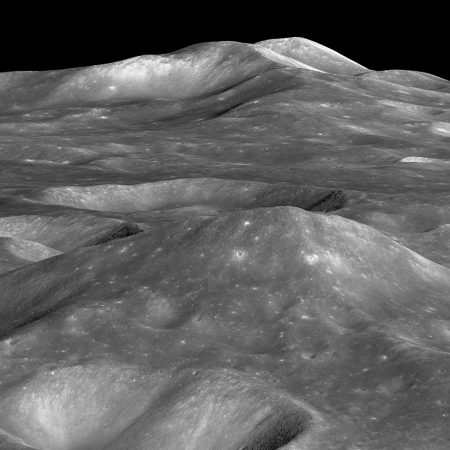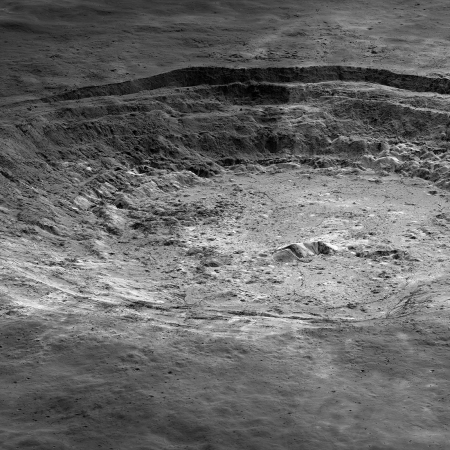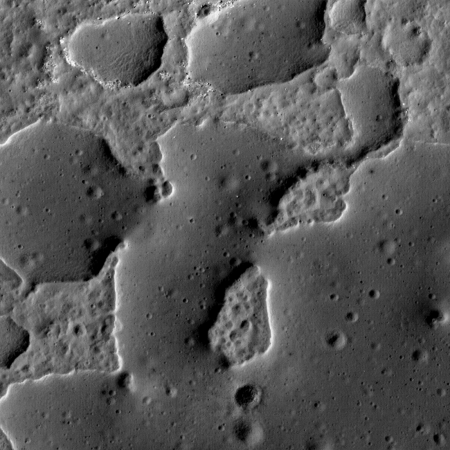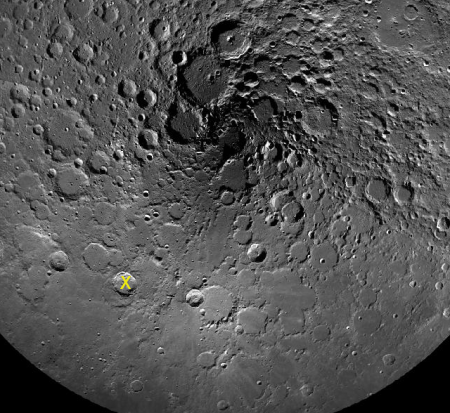Celebrate Earthrise Day!
In only a little less than three months we will be celebrating the fiftieth anniversary of the December 1968 flight of Apollo 8 — first manned mission to another world. During that mission three humans spent 20 hours in orbit around the Moon, during which they read the first twelve verses of the Old Testament on Christmas Eve and became the first humans to witness an Earthrise and to photograph it.
To celebrate that achievement, a new website has been created, dubbed Celebrate Earthrise Day.
The website provides some great background material. You can listen to the astronaut’s Christmas telecast as well as see a recreation of the moment when the astronauts saw that Earthrise and Bill Anders took his famous color photo. The site also includes many photos from before, during, and after the mission, with many pictures coming from the personal family pictures of the astronauts. There is also audio of an 1988 Bill Anders’ interview, as well as a video of a fascinating presentation made by Bill and Valerie Anders, describing their life journey leading up to Apollo 8 and afterward.
Finally, and I think of most interest to my readers here, the site includes the audio of my introduction from the new audio edition of my book, Genesis: the Story of Apollo 8.
The site also includes the audio of one of the best radio interviews I have ever done, broadcast in 1998, on the subject of Apollo 8, our American culture, and the importance of each person choosing their path in life wisely. You can find that audio at the bottom of this webpage.
Check it all out. I think you will find it worth your while.







